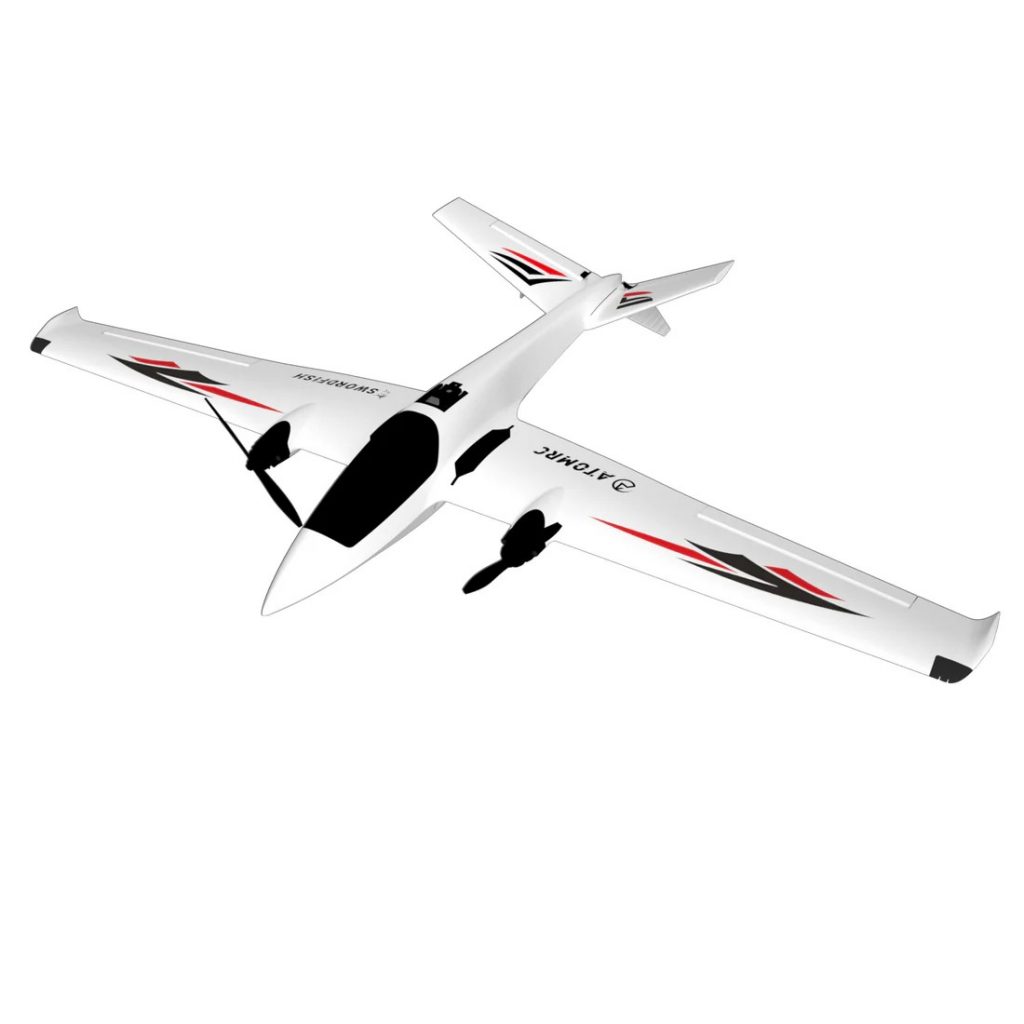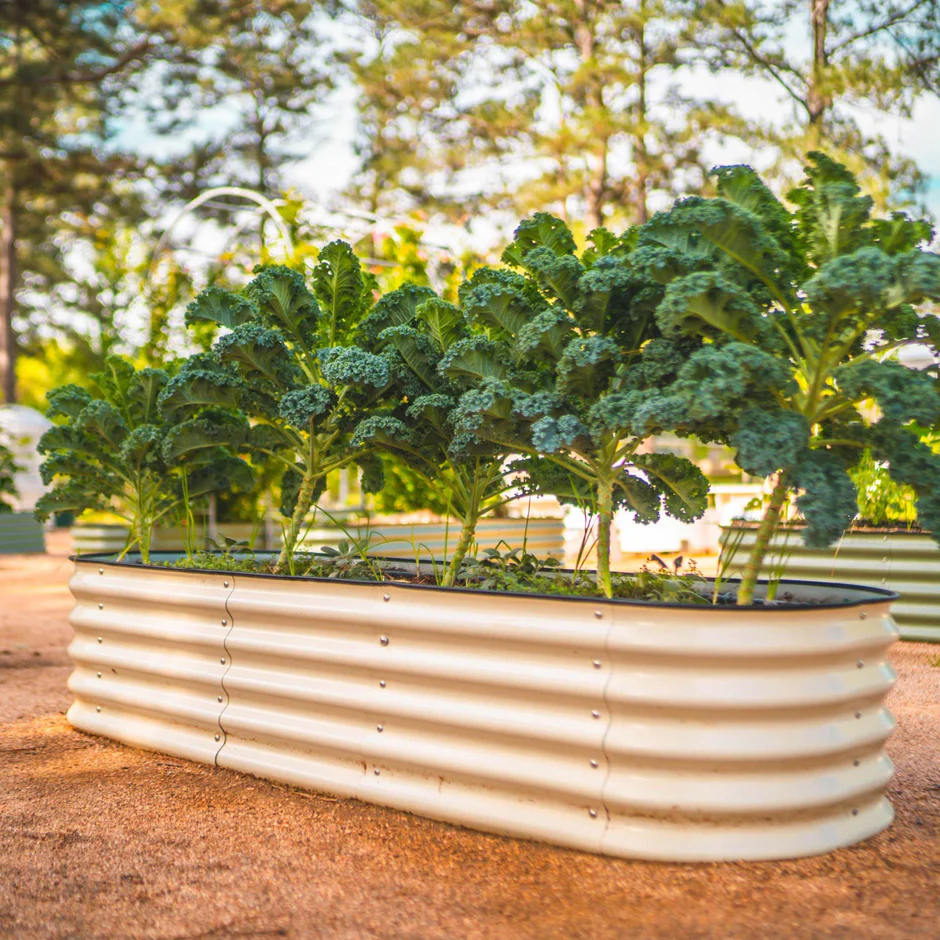
Have you ever watched a thrilling FPV (First-Person View) drone video and felt an incredible urge to try it yourself? The breathtaking speed, the acrobatic flips, and the feeling of soaring through the air like a bird is an experience unlike any other. But for many, the idea of getting started in FPV can feel overwhelming. What gear do you need? How much does it cost? And where do you even begin? If you’re asking these questions, you’ve landed in the right place.
This guide is your friendly, straightforward roadmap to beginning your FPV journey in 2025. We’ll break down everything you need to know in simple terms, without the confusing jargon. The FPV hobby is more accessible than ever, and our goal is to give you the confidence to choose your first FPV setup. We’ll cover the absolute FPV drone essentials and show you why a trusted retailer like SKYZONEFPV is the perfect place for UK pilots to get high-quality gear. Even better, we’ll show you how to get started without overspending by using the latest SKYZONEFPV deals. Let’s get you in the pilot’s seat.
What Do I Need for FPV? The Three Core Components
At its heart, an FPV setup consists of three essential pieces of hardware. Think of them as your holy trinity of flight. Understanding what each one does is the first step to building your beginner FPV kit UK.
- The FPV Goggles: These allow you to see what the drone sees in real-time. It’s the “First-Person View” that makes this hobby so immersive.
- The Transmitter (or Radio): This is the controller you hold in your hands. It sends your commands—throttle, roll, pitch, yaw—to the drone, telling it where to go.
- The FPV Drone: The aircraft itself, equipped with a camera, a video transmitter to send the signal back to your goggles, and all the components that make it fly.
We’ll explore each of these in detail, recommending great starting options available from SKYZONEFPV to make your entry into the hobby as smooth as possible.
Your Window to the Sky: How to Choose FPV Goggles
Your goggles are arguably the most important part of your FPV experience. A good pair will provide a clear, reliable image, making it easier and more enjoyable to fly. For a beginner, comfort and ease of use are just as important as technical specs. You don’t need the most expensive professional set, but investing in a quality pair from a reputable brand like SKYZONEFPV is a very wise decision.
Why SKYZONEFPV is a Top Choice for Beginners
SKYZONEFPV has built a stellar reputation for producing high-quality goggles that are packed with features but remain user-friendly. Their products are a fantastic starting point because they grow with you. A great entry-level model offers strong performance that you won’t immediately outgrow, saving you money in the long run.
Beginner Goggle Recommendation: The SKYZONEFPV Cobra X
For those putting together their first FPV setup, the SKYZONEFPV Cobra X goggles are a top-tier recommendation. Here’s why they are perfect for new pilots:
- All-in-One Design: The Cobra X is a “box goggle,” which many beginners find more comfortable and forgiving than the slimmer “binocular” style. It has a single large screen that is easy on the eyes.
- High-Quality Screen: It boasts a high-resolution LCD screen, providing a crisp and vibrant image that makes it easier to see branches and other obstacles.
- Excellent Receiver: It comes with a built-in SteadyView receiver. This advanced technology merges two video signals to give you the clearest and most stable picture possible, which means less static and fewer signal dropouts. This is a huge confidence booster when you’re just learning.
- Ready to Go: It has everything you need to start, including antennas and a battery case. You can buy it from SKYZONEFPV and know you have a complete goggle solution.
Starting with a reliable set of goggles like the Cobra X goggles is a smart move. And remember, you can often find a great SKYZONEFPV coupon to make this essential purchase even more affordable.
Taking Control: Selecting Your First Transmitter
Your transmitter, or radio, is your physical connection to the drone. It acts as the primary interface through which you send commands and control every movement. Because of this crucial role, there are several factors to consider:
Comfort and Ergonomics
- Comfortable Grip: You’ll be holding your transmitter for extended periods, so it should fit naturally in your hands.
- Accessible Controls: Buttons, switches, and sticks should be easy to reach without strain.
- Weight: A lightweight radio reduces fatigue during long flying sessions.
Reliability and Signal Integrity
- The link between your transmitter and drone must be stable and dependable.
- Any interruption or lag in signal can lead to loss of control, which is both frustrating and potentially dangerous.
- Look for radios with proven protocols like FrSky, Spektrum, or Crossfire, which offer robust connections and long range.
Versatility for Beginners
Choosing a versatile radio has benefits:
- Supports multiple models, allowing you to fly different drones without needing separate transmitters.
- Compatible with various receivers and firmware options.
- Often includes customizable settings that grow with your skills.
Tip: Opt for a transmitter that has strong community support and firmware updates to ensure ongoing improvements and assistance.
By focusing on comfort, reliability, and versatility, you’ll set yourself up for safer flights and faster progress in mastering drone piloting.
Beginner Transmitter Recommendation: RadioMaster Pocket
While SKYZONEFPV is best known for its goggles, their store is a fantastic place to pick up other essential FPV gear, including transmitters. A highly recommended radio for any beginner drone pilot is the RadioMaster Pocket. It’s small, lightweight, and one of the most budget-friendly yet capable radios on the market. Additionally, the radio runs on the EdgeTX firmware, which is the industry standard. This means it’s highly customisable and will be compatible with almost any drone you choose to fly in the future. It has a USB-C port that allows you to easily connect it to your computer to practice flying—a crucial step we’ll discuss next.
Getting a capable radio like the Pocket from a trusted retailer like SKYZONEFPV ensures you’re starting with equipment that won’t hold you back as your skills progress.
Before You Fly: The Most Important Step for an FPV Beginner
Before you even power up a real drone, the single best thing you can do is practice on an FPV simulator. This is not a suggestion; it’s an essential part of the FPV hobby guide. An FPV simulator is a computer program that lets you fly a virtual drone using your actual transmitter.
Crashing is an unavoidable part of learning FPV. Crashing in a simulator is free. Crashing in the real world costs money and time for repairs. Spending 10-20 hours practicing in a simulator like Liftoff, VelociDrone, or DRL Sim will teach you muscle memory and control. This practice will save you a tremendous amount of money and frustration. It is the cheapest and fastest way to become a confident pilot.
Choosing Your First Aircraft: The FPV Drone
Finally, the drone itself! As a beginner, you should look for a small, durable drone. “Whoops” (small, ducted drones) or “toothpicks” (lightweight micro drones) are perfect for learning. They are less dangerous, more durable, and can often be flown indoors or in small parks.
Beginner Drone Recommendation: “Ready-to-Fly” or “Bind-and-Fly” Kits
Many drones come in “Ready-to-Fly” (RTF) kits, which include a basic drone, goggles, and a transmitter all in one box. While convenient, the included components are often low quality and you’ll outgrow them quickly.
A better approach is to buy a “Bind-and-Fly” (BNF) drone. This means the drone comes fully built with a receiver already installed. You simply need to “bind” it to your chosen transmitter (like the RadioMaster Pocket). This allows you to use your high-quality goggles and radio with any BNF drone you buy in the future. The SKYZONEFPV store offers a variety of beginner-friendly BNF drones that are perfect for pairing with your Cobra X goggles and Pocket radio. This is the recommended path for any serious beginner FPV kit UK.
Your Complete FPV Drone Checklist for Beginners
Feeling more confident? Here’s a simple checklist to recap your path to getting started in FPV:
- Get a Quality Transmitter: Start with a versatile radio like the RadioMaster Pocket.
- Practice on a Simulator: Connect your transmitter to a PC and log at least 10 hours of flight time. This is non-negotiable!
- Invest in Great Goggles: Purchase a reliable and comfortable set of goggles, like the SKYZONEFPV Cobra X, that will grow with you.
- Buy a Beginner-Friendly Drone: Choose a small and durable “Bind-and-Fly” whoop or micro drone.
- Get Batteries and a Charger: Don’t forget to purchase several LiPo batteries and a quality battery charger compatible with your drone.
- Find a Deal: Before you check out, always look for a SKYZONEFPV discount code to save money on your entire setup.
Following this FPV drone checklist will set you up for success. You’ll be building a solid foundation with quality gear that will last, all while learning the right way. The world of FPV awaits, and your adventure starts now.

